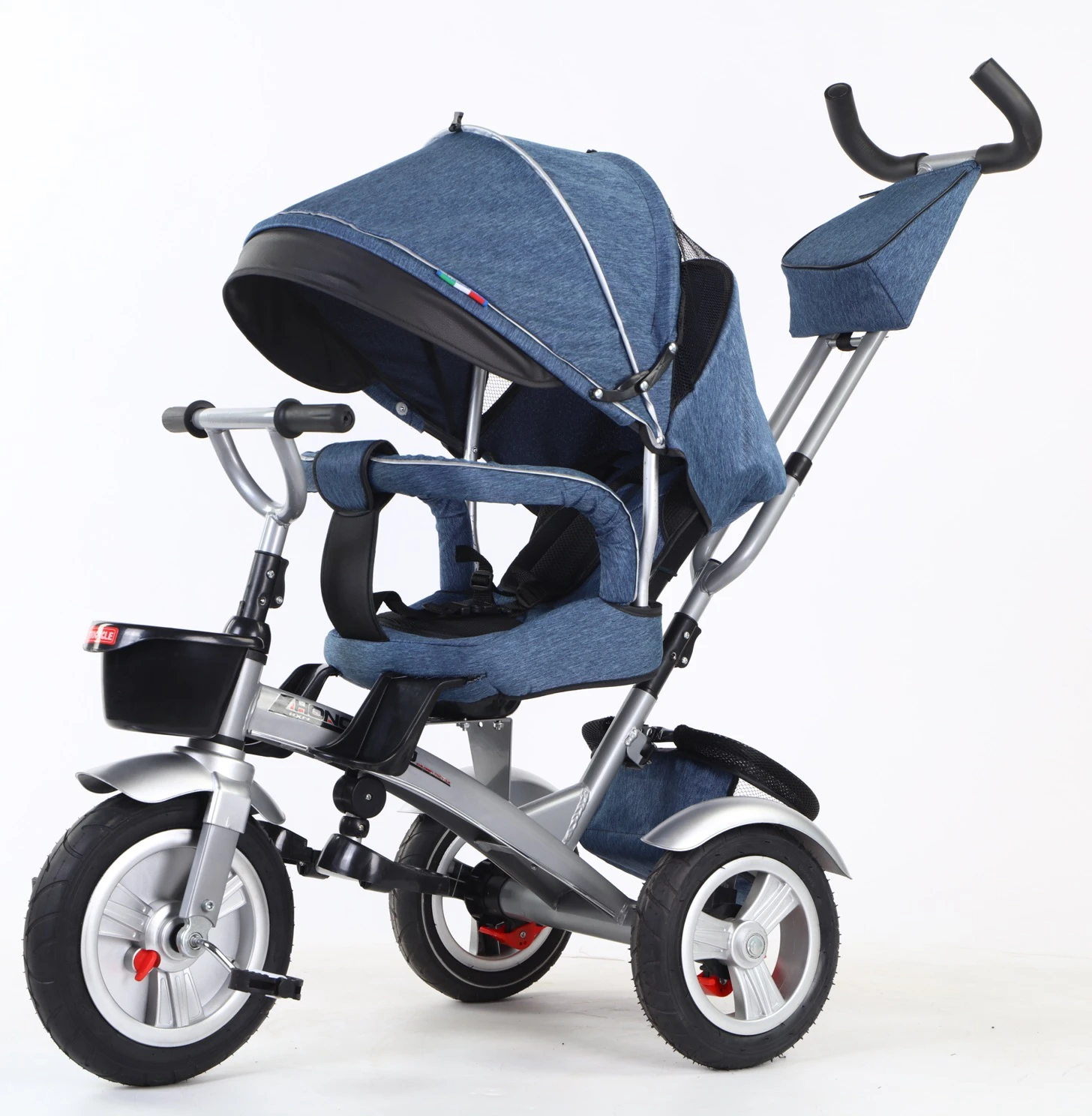Typical Dimensions for Mountain Bikes Explained in Detail
Understanding Average Mountain Bike Dimensions
When it comes to mountain biking, one of the most critical factors that can significantly affect your riding experience is the bike's dimensions. Mountain bikes are designed differently than other types of bicycles, such as road bikes, to cater to the specific demands of off-road cycling. Understanding average mountain bike dimensions can help you choose the right bike and ensure an optimal fit for your body type and riding style.
Frame Size
The frame size of a mountain bike is typically measured in inches or centimeters and is the most crucial dimension to consider. The average frame sizes are often categorized as small, medium, large, and extra-large. While these categories can vary by manufacturer, a general guideline is as follows
- Small (14-16 inches) Suitable for riders approximately 5'0 to 5'4 tall. - Medium (16-18 inches) Ideal for those 5'4 to 5'8. - Large (18-20 inches) Fits riders who are 5'8 to 6'0. - Extra-large (20-22 inches) Designed for individuals above 6'0.
Choosing the correct frame size is essential for comfort and control while riding
. A bike that is too small can lead to discomfort and an inability to maneuver effectively, while one that is too large can hinder your ability to reach the handlebars and pedals.Top Tube Length
The top tube length influences the bike’s reach, which affects how comfortably a rider can position themselves on the bike. The average top tube length for mountain bikes typically ranges from 22 to 25 inches (56 to 64 cm). A longer top tube usually provides a more stretched-out riding position, suitable for aggressive downhill riding, while a shorter top tube offers a more upright and comfortable position, ideal for climbing.
average mountain bike dimensions

Seat Tube Length
Another essential dimension is the seat tube length, which directly correlates with how low or high the seat can be adjusted. The average seat tube length for mountain bikes ranges from 16 to 20 inches (40 to 50 cm). Having the right seat tube length is crucial as it affects your pedaling efficiency and comfort. A properly adjusted seat means optimal power transfer while combatting the rough terrains of mountain trails.
Wheel Size
Mountain bikes come with various wheel sizes that greatly influence performance. The average wheel sizes available are 26 inches, 27.5 inches (650B), and 29 inches. Smaller wheels (like 26 inches) can be more maneuverable but may struggle with obstacles. The 29-inch wheels roll over obstacles more easily and provide better traction, making them a popular choice for cross-country and trail riding. Meanwhile, the 27.5-inch wheels offer a balance between the agility of smaller wheels and the stability of larger ones.
Standover Height
Standover height is another critical dimension to consider when choosing a mountain bike. It refers to the height of the top tube and the distance from the ground to the top of the tube. A general rule is that there should be about 1-2 inches of clearance when you stand over the bike. This clearance is paramount for safety, especially when dismounting or navigating tricky terrains.
Conclusion
In summary, understanding average mountain bike dimensions is vital for selecting a bike that fits you well. The frame size, top tube length, seat tube length, wheel size, and standover height all contribute to a comfortable riding experience. When shopping for a mountain bike, pay careful attention to these dimensions and try out various sizes to find the best fit for your body type and riding style. With the right bike dimensions, you can enhance your performance, boost your confidence, and fully enjoy the thrill of mountain biking.
-
The Perfect Baby TricycleNewsAug.11,2025
-
Ride into Fun with Bikes for KidsNewsAug.11,2025
-
Ride into Adventure with the Perfect Kids Balance BikeNewsAug.11,2025
-
Fun and Safe Riding with the Best Childrens ScootersNewsAug.11,2025
-
Find the Perfect Childrens Bike for Your Little OneNewsAug.11,2025
-
Explore the Best Baby Tricycles for Your Little OneNewsAug.11,2025
-
Three-Wheel Light-Up Scooter Benefits for KidsNewsJul.11,2025








